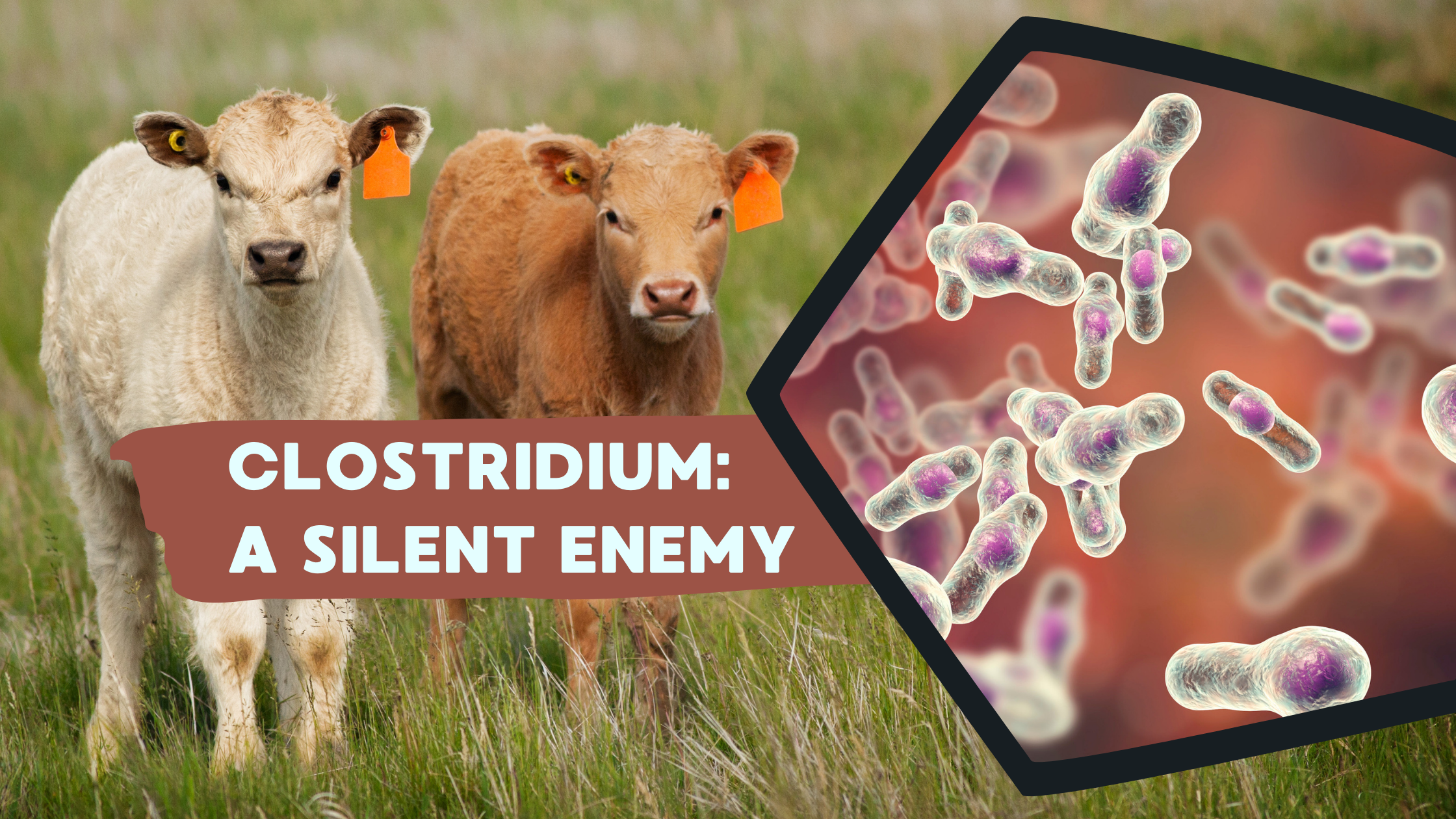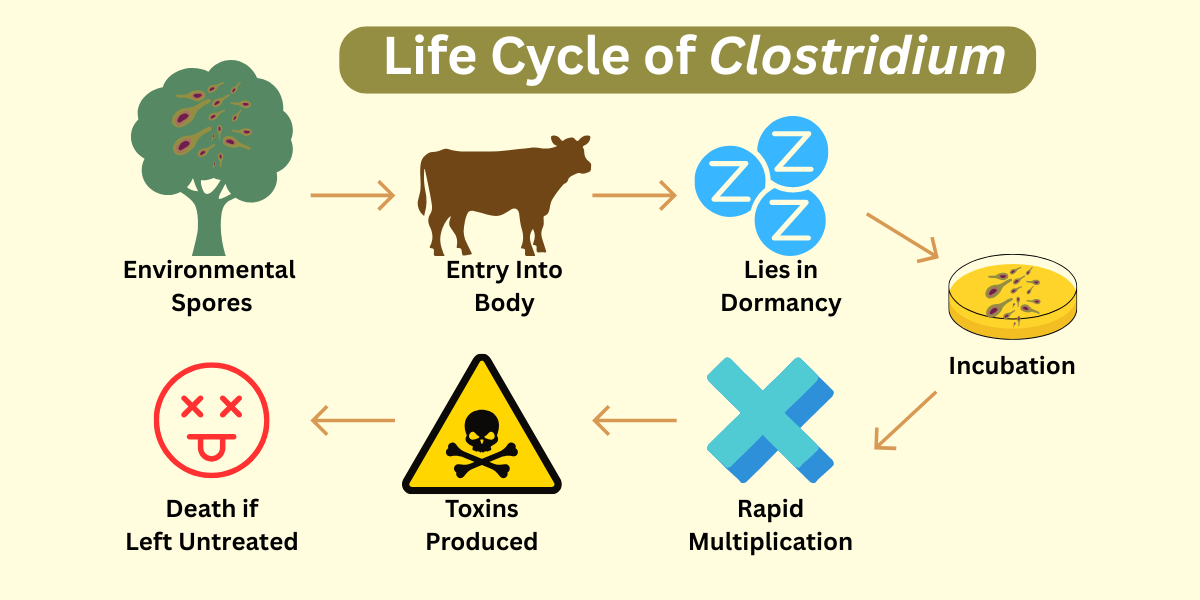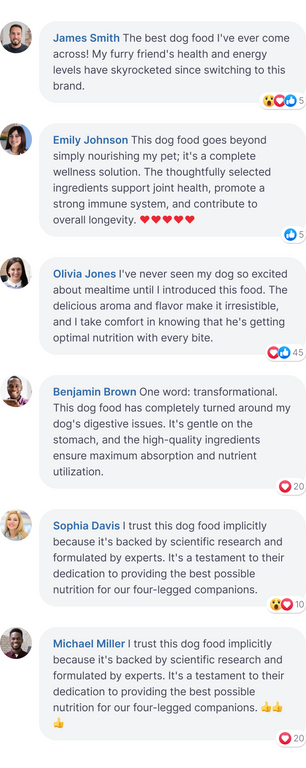Clostridium is a group of bacteria that can cause serious, often fatal, infections in cattle—especially in young calves. These infections typically target the gastrointestinal tract, resulting in rapid-onset symptoms that escalate quickly.
The most common culprit is Clostridium perfringens, with types C and D being the most frequently seen in cattle. Both can cause:
- Severe diarrhea
- Rapid dehydration
- Sudden decline in overall condition
It’s often the dehydration, not the bacteria itself, that leads to death—particularly in calves, whose systems can’t rebound as quickly.
There’s also the lesser-known but more deadly type B, which can lead to sudden death with little or no warning. Because this strain progresses so quickly and quietly, survival rates are extremely low.





